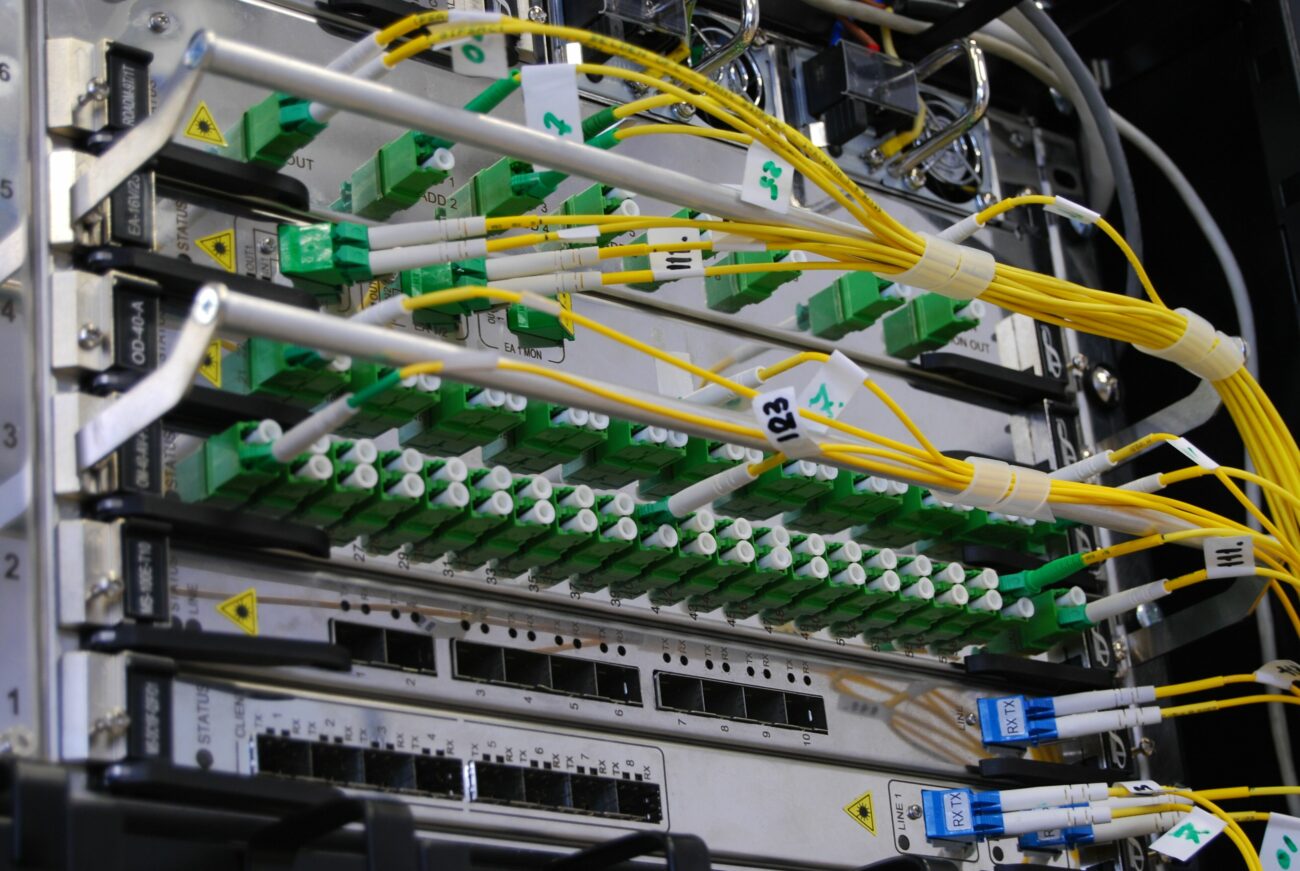A communications room serves as the nerve centre for various critical operations in an organisation. It houses essential equipment such as servers, routers, switches, and cabling infrastructure that facilitate seamless communication and data flow. Protecting this environment from potential fire hazards is of utmost importance to ensure uninterrupted operations, data integrity, and personnel safety. One effective method employed for early fire detection in these sensitive areas is the use of a smoke air sampling system. This advanced technology offers numerous benefits that contribute to improved fire safety and mitigation strategies. In this article, we will delve into the advantages of implementing a smoke air sampling system in a communications room.
1. Early Fire Detection: Rapid fire detection is vital in preventing significant damage and downtime. Traditional fire detection systems rely on point detectors that react only when smoke particles reach their location. In contrast, smoke air sampling systems proactively sample the air within the room, actively searching for the presence of smoke particles. By detecting the early signs of a fire, they provide an invaluable early warning, enabling prompt response and preventing the escalation of the fire.
2. Sensitivity and Accuracy: Smoke air sampling systems utilize highly sensitive detectors capable of detecting minuscule traces of smoke particles. They can detect smoke at much lower concentrations than conventional point detectors. This heightened sensitivity ensures accurate and reliable detection, minimizing the risk of false alarms while detecting even the smallest amounts of smoke, thus enhancing overall system performance.
3. Continuous Monitoring: Unlike point detectors that provide discrete monitoring at specific locations, smoke air sampling systems offer continuous monitoring across a wider area. By actively sampling air from multiple points within the communications room, they provide comprehensive coverage and increased chances of detecting fire incidents at their earliest stages. This constant monitoring ensures that any potential fire threat is swiftly identified, reducing response time and mitigating damage.
4. Addressing Hidden Fires: Fires in communications rooms can often start within the equipment itself, such as servers or electrical cabinets, where conventional detectors may not be able to reach or respond adequately. Smoke air sampling systems overcome this limitation by actively drawing air from different locations within the room, including areas close to critical equipment. This enables the detection of hidden or smouldering fires that might go unnoticed by other detection methods until they escalate into more significant threats.
5. Early Warning and Response: By detecting smoke particles in their nascent stages, smoke air sampling systems provide an early warning to facility managers and response teams. This early notification allows personnel to promptly initiate appropriate actions, such as evacuating the area, isolating affected equipment, or initiating fire suppression systems. Rapid response minimizes potential damage to critical infrastructure and reduces the risk of data loss, ensuring business continuity.
6. False Alarm Management: False alarms can disrupt operations, result in unnecessary evacuations, and lead to decreased trust in the fire detection system. Smoke air sampling systems excel in false alarm management due to their ability to differentiate between harmless particles, such as dust or pollen, and actual smoke particles. Advanced algorithms and multi-stage filtration systems are employed to minimize false alarms, providing a more reliable and efficient fire detection solution.
7. Early Warning for Pre-emptive Maintenance: Smoke air sampling systems not only detect smoke but can also identify changes in air quality within the communications room. This capability allows for pre-emptive maintenance, as certain equipment malfunctions or environmental changes can result in the release of specific gases or particulates. By monitoring air quality, the system can alert facility managers to potential issues before they cause equipment failure or pose a fire risk, enabling proactive maintenance and reducing downtime.
8. Integration with Building Management Systems: Smoke air sampling systems can be seamlessly integrated with existing building management systems, enabling centralized monitoring and control. This integration enhances the overall efficiency and effectiveness of fire safety protocols.
Why Choose us?
Speedy response from your initial enquiry
Highly qualified and friendly engineers on hand to answer any questions or queries you may have
Quick and easy installation resulting in the tightest deadlines being achieved
About SolarFire Systems
Whether you need a new Condensed Aerosol Fire Suppression System, Fire Alarm system or a Hypoxic Fire Prevention system installed at your commercial property, SolarFire Systems has you covered with many types of automatic fire extinguishing systems. We are known for our excellent customer service, our expertise, and our reliability. For more information on how we can help your business visit our website www.solarfiresystems.com or give us a call at 01628 902107.
